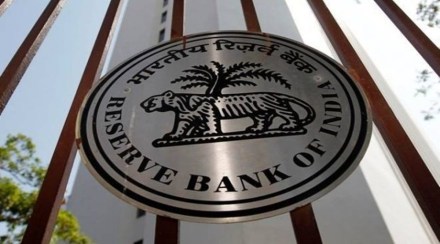Investment in corporate bonds could get a fillip if the Reserve Bank of India’s discussion paper on prudential norms on investments by banks is implemented. According to India Ratings and Research, the move would qualify corporate bonds to be included in the held-to-maturity (HTM) category of the investment book, which would increase investment into these securities.
Investments in corporate bonds by banks in the HTM category will increase the investor base for these securities and will help corporates raise funds at better yields due to a wider investor base. Over the years, pension funds and insurance companies were investors in long-term bonds, while mutual funds remained investors in short- to medium-term bonds.
The proposed norms for the banks’ investment book will bring structural changes that will allow banks to keep corporate bonds, or even equity shares of subsidiaries, associates and joint ventures, in the HTM category. Earlier, banks were allowed to hold securities of the central government, state governments and some infrastructure companies in the HTM category, subject to 25% of the total investment.
The discussion paper categorised the investment portfolio into three main categories – HTM, available for sale and fair value through profit and loss account. “Only debt instruments with fixed or determinable payments and fixed maturity with the intent of holding till maturity shall be classified under HTM. Non-SLR securities such as corporate bonds which satisfy these criteria can therefore be permitted to be held in HTM,” the RBI said in a discussion paper.
The paper says impairment test will be conducted on a quarterly basis, but India Ratings believes certain rating restrictions through a minimum rating threshold limit are required to trigger mark-to-market and subsequent alignment with market-based pricing.
The other challenge is that HTM in corporate bonds will reduce the liquidity of this securities from the market that will have a negative impact on the market liquidity and yields on these securities in the secondary market.
Trading books of banks have grown at nearly 11% compound annual growth rate between FY17 and FY21. The credit offtake has been muted since FY17, banks have been striking a balance between holding higher SLR securities and lending in a falling interest rate scenario, and are facing an interest rate risk through volatile treasury income, the ratings agency said.
